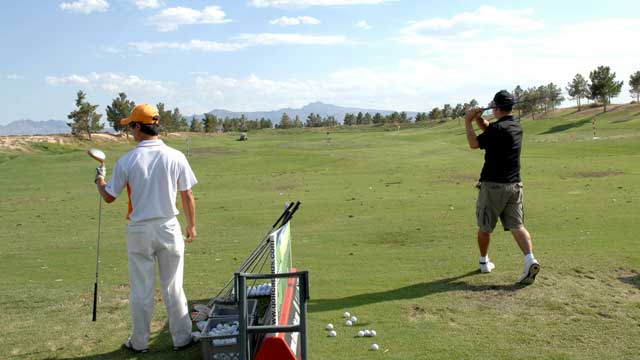NEWS
Playing in Higher Altitudes
By Greg Enholm, PGA
Published on

Earlier this year, PGA Tour hosted the Legends Reno-Tahoe Open at the base of the beautiful Sierra Nevada's. The Jack Nicklaus designed Montreux Golf & Country Club is one of the most scenic Tour stops and posed many challenges to the golfers, especially for those that honed their skills at sea level.
The generic adjustment for golfers is to add 10% of yardage to each club. So, if you hit a sand wedge 100 yards at sea level it will travel 110 yards in the thin air of the Sierra's. The 10% rule is a good starting point but does not take in account the many variables of playing golf at elevation. When playing golf at elevation, controlling your trajectory is most crucial. A high ball flight in thin air makes controlling your distances very difficult. It is very important to have a penetrating ball flight which is constant with each club in the bag.
In order to control your trajectory the following elements must be evident in each shot:
⢠Ball Position -- The wedges and short iron are played from one to two inches back of center. The mid irons are in the center of the stance. Long irons are played from one to two inches inside the left instep. The woods are positions even with the left instep.
⢠Angle of Attack -- The club must return to the ball with a descending strike creating minimal spin and penetrating flight
⢠Centerness of Contact -- Finding the center of the club each time will create consistency.
⢠Arm Speed -- From the top of the swing the arms need to be in rhythm with the rotation of the golf swing to the finish. The player who can control the flight of each shot has the same arm speed with a wedge and driver. When the arm out races the body to the finish inconsistent flights occur.
Tune in this weekend to see a wonderful golf course and pay attention to the players on top of the leaderboard. Their trajectories will be penetrating and their distances control will be a huge factor in their success.
